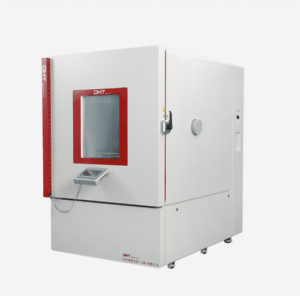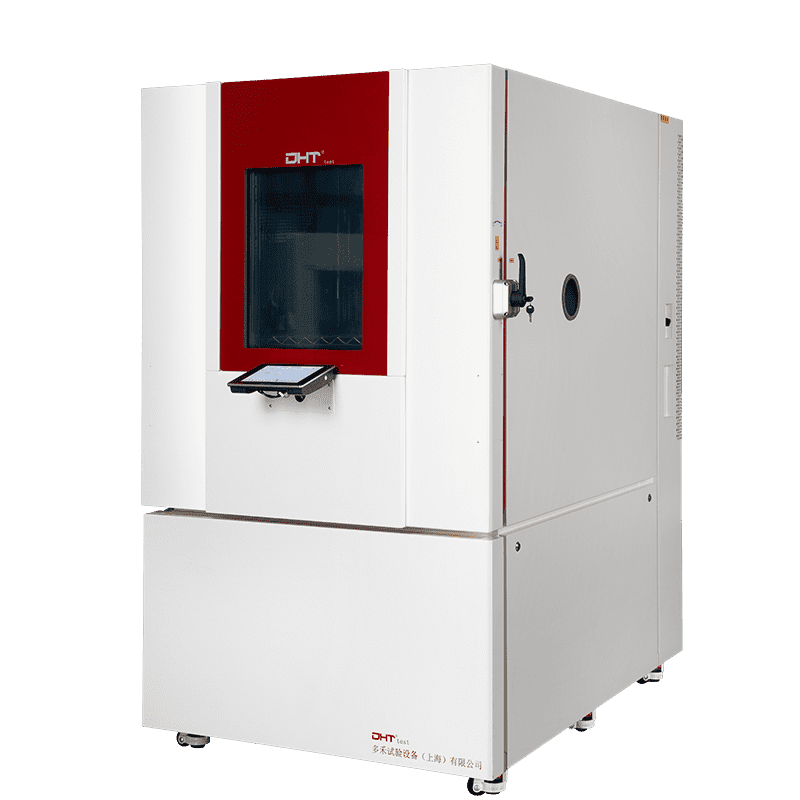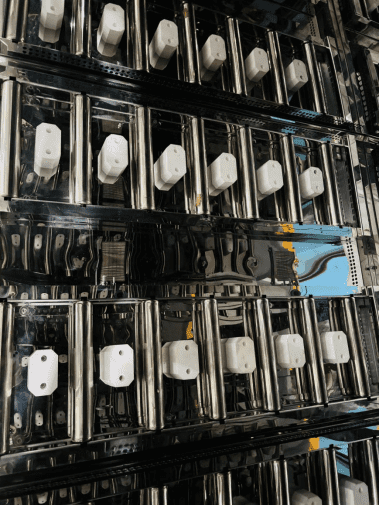
Lifespan Expectations Vary by Use Case: R&D vs. Production vs. Compliance Testing
-
R&D teams care about whether the chamber can stably support complex test scenarios over the long term, without deviations that affect results.
-
Production teams focus on whether tests can be repeated quickly and accurately, without causing rework due to inconsistency.
-
Verification labs or third-party testing organizations are most concerned with whether the chamber’s accuracy meets compliance standards—and whether its data hold legal validity.
Invisible Wear: Lifespan Isn’t About Time—It’s About Structural Fatigue
Warning Signs: Your Chamber May Be Aging Faster Than You Think
-
Noticeably longer time to reach target temperature; erratic cooling or heating
-
Larger discrepancies in test data under identical conditions at different times
-
Poor humidity regulation; deviations exceeding ±5%RH
-
Condensation, water backflow, or signs of corrosion inside the chamber
-
Sluggish control system responses, frequent false alarms or crashes
Shift Your Perspective: Instead of Asking “How Many Years Left,” Ask “How Long Can I Still Trust My Results?”
-
Define a “technical retirement mechanism” where the device is decommissioned after exceeding a certain accuracy threshold.
-
Implement predictive maintenance based on performance data—instead of waiting for breakdowns.
-
Include chamber condition as part of your test reporting process to ensure both process compliance and equipment compliance.
Conclusion: An Environmental Chamber Is Not Just Equipment—It’s a Reflection of Your System’s Capability
People also ask
1. How long does an environmental test chamber typically last?
The lifespan of an environmental test chamber isn’t defined by years alone—it depends on how the chamber is used and maintained. With proper preventive maintenance, calibration, and moderate usage, many chambers can operate reliably for 10–15 years or even longer. However, factors such as high-frequency thermal cycling, poor airflow design, or lack of sensor calibration can significantly shorten its effective service life.
2. What are the warning signs that a test chamber may be failing?
Key indicators that your environmental test chamber is aging or underperforming include:
-
Slow cooling or heating times
-
Inconsistent test results
-
Poor humidity regulation (e.g., deviation > ±5%RH)
-
Visible condensation or corrosion inside the chamber
-
Frequent system errors, alarms, or lagging controls
These signs suggest structural fatigue, sensor drift, or refrigerant inefficiency—prompt maintenance is advised.
3. Does a sudden test chamber failure always mean it’s reached end-of-life?
Not necessarily. A sudden breakdown, such as a cooling failure, is often due to neglected maintenance, aging components, or system imbalance—not because the chamber has reached the end of its serviceable life. In many cases, professional diagnostics and repairs can restore full performance. A regular predictive maintenance strategy is key to preventing unexpected failures and extending your chamber’s useful lifespan.


